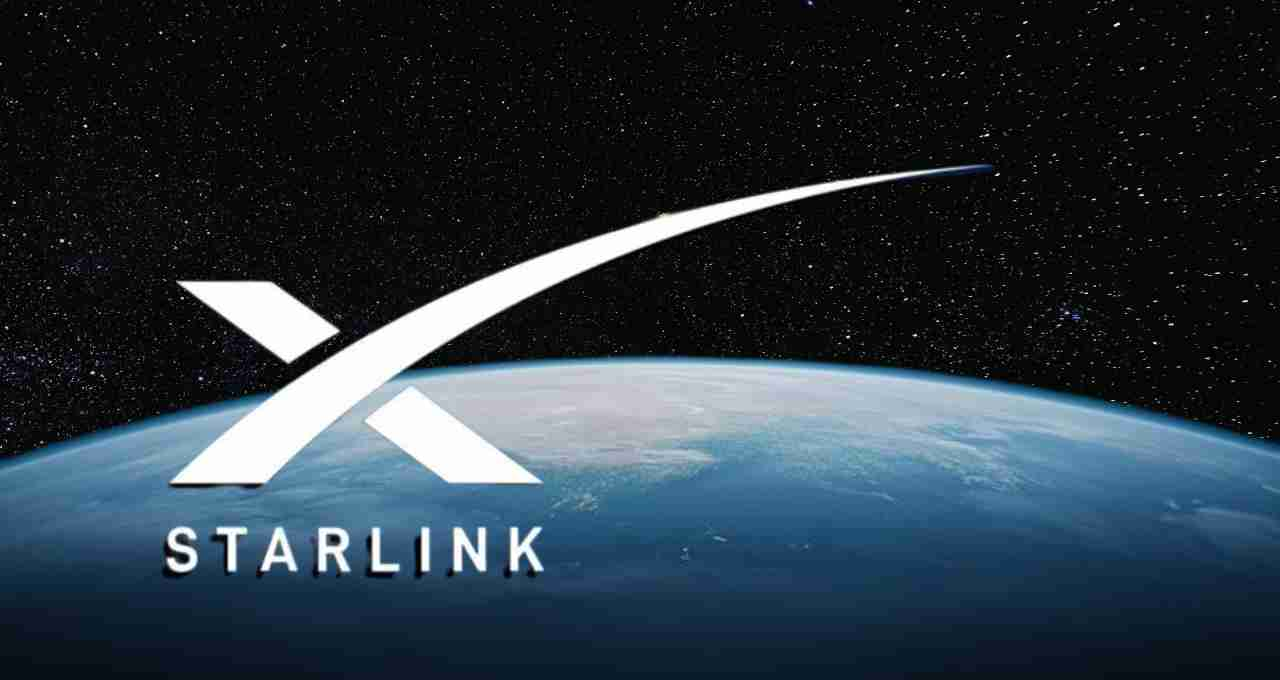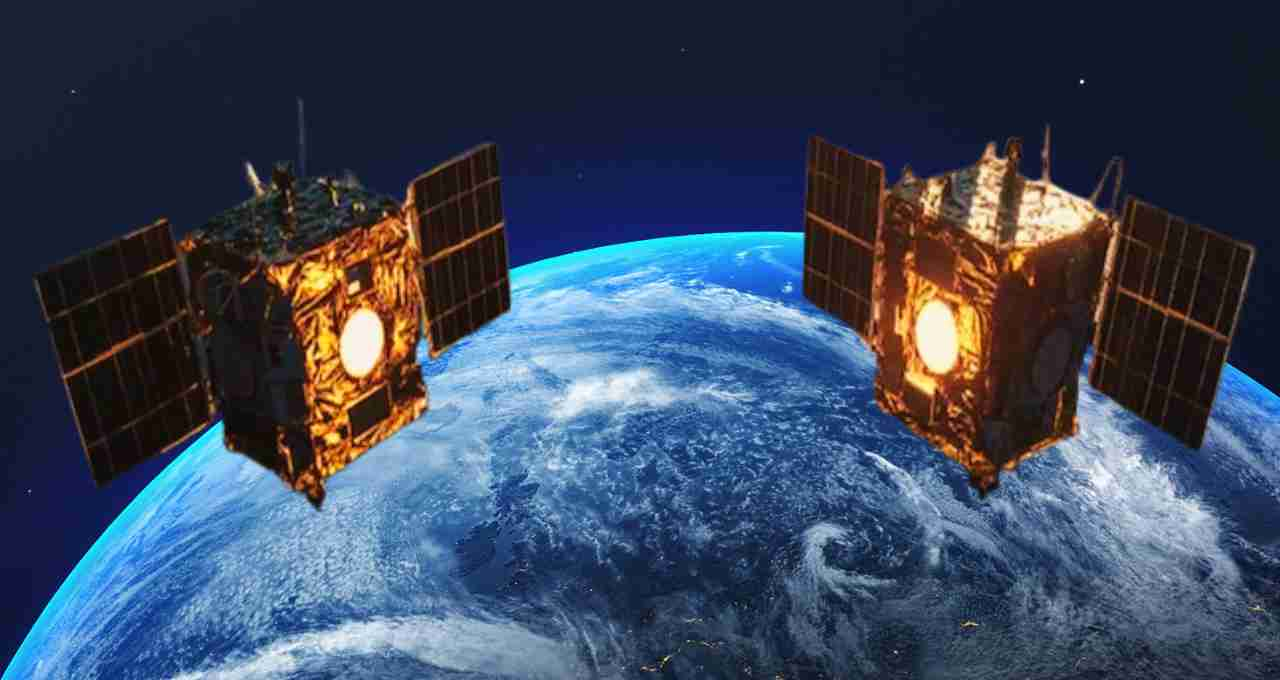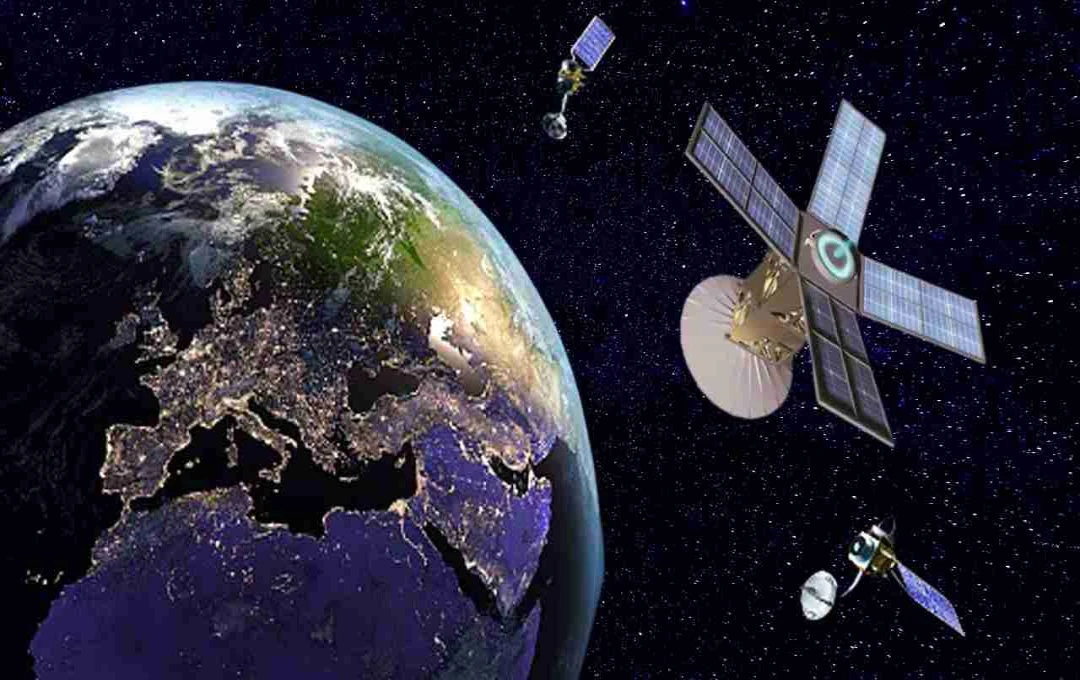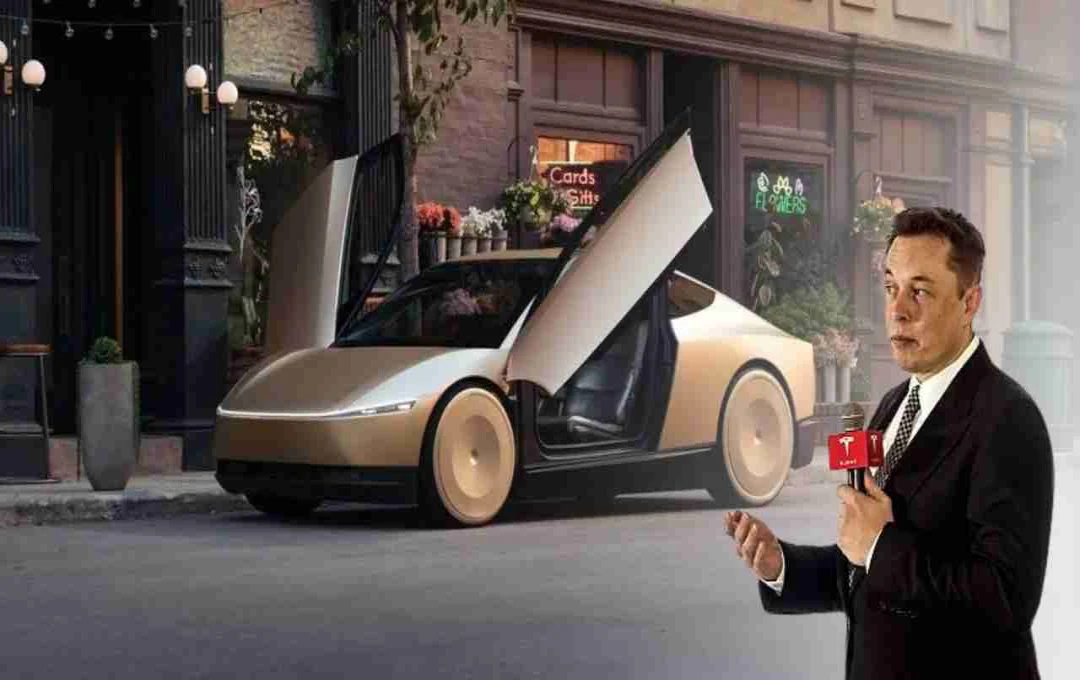Before 2050, Earth's orbit could become overloaded, increasing the risk of satellite collisions and space jams.
Hundreds of kilometers above Earth, human activity shows no signs of slowing. There are no traffic signals or jam announcements, yet space is teetering on the brink of congestion. In 2024, over 2,800 new satellites were launched, and by May 2025, the total number of active satellites orbiting Earth exceeded 11,700. At this rate, space could run out of room before 2050.
A Rocket Launch Every 34 Hours – A Downpour of Satellites
In 2024 alone, the world launched approximately 2,800 new satellites – an average of one launch every 34 hours. By May 2025, over 11,700 active satellites were orbiting Earth, demonstrating the rapid pace at which humans are filling space with technology.
Private companies are leading this surge, particularly SpaceX, owned by Elon Musk, which has launched over 7,400 satellites through its Starlink project.
Starlink: Initiating the Internet's Space Mission

Starlink aims to provide fast, affordable internet access to every corner of the globe, from remote mountain villages to ships at sea. However, this convenience comes at a cost: increasing space congestion and growing risks.
Amazon has joined the race with its Project Kuiper. OneWeb and several Chinese companies are also developing their satellite constellations, all participating in a new drive to digitally connect the planet.
Scientists Warn: Space Capacity is Limited
The Low Earth Orbit (LEO), extending approximately 2,000 kilometers from Earth, was once considered safe. Scientists estimate this region can accommodate around 100,000 active satellites. However, at the current rate, this limit will be surpassed between 2045 and 2050.
In addition to active satellites, thousands of inactive and defunct satellites also float in this orbit. This "space debris" poses a threat to ongoing missions.
Growing Collision and Debris Crisis
According to Jonathan McDowell, an astronomer at the Harvard-Smithsonian Center, approximately 14,900 satellites are currently in Earth's orbit, thousands of which are inactive or have completed their missions.
The problem is that these uncontrolled, inactive satellites can collide with operational satellites, creating debris that further threatens other satellites. This can trigger a "domino effect," leading to more collisions.
The Looming Threat of Space Jams

Scientists now warn that if the current trend continues, space traffic jams will become a reality, making new mission launches difficult and jeopardizing existing satellites. Just as traffic jams halt vehicles in cities, space traffic jams could impede the movement and trajectories of satellites. This could severely impact space research, weather forecasting, navigation, and global connectivity.
Are We Inviting Danger in the Name of Connectivity?
While efforts are underway to bring internet access to everyone, the cost is being borne by the safety of space.
The question arises: Do we need internet everywhere, even at the cost of increased space congestion and potential collisions?
What is the Solution?
Many countries and organizations have begun working on space traffic management. New laws and technologies are being developed to control satellites, remove inactive satellites, and mitigate space debris.
There's also a growing demand for a "sustainable space policy," mandating assessments of satellite needs, lifespans, and decommissioning plans before launch.















